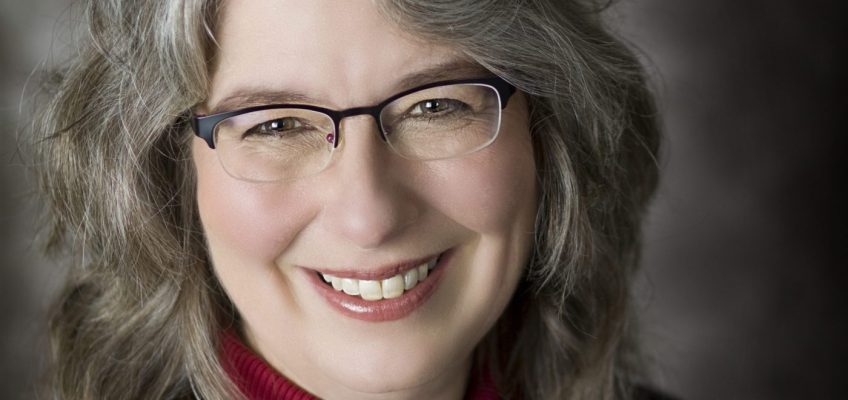“Nostalgia is overrated,” snarls Julie James (Jennifer Love Hewitt) at a crucial moment in “I Know What You Did Last Summer,” Jennifer Kaytin Robinson’s sequel/remake/legasequel of the 1997 teen horror classic. Poor, traumatized Julie has spent years leaving her past behind, only to be dragged back into it.
The statement also feels like Robinson’s spiciest take on the proliferation of legasequels. Sure, she’s remaking a ‘90s classic, but she’s not going to serve it up reverently. In fact, her twists on the material might anger a whole lot of fans, which is at least a different approach to most of these projects. But, nostalgia is also the necessary evil for tempting those fans to the theater. Can the new “I Know What You Did Last Summer” have it both ways?
Not quite. The inherent tension at the core of this new film is in the battle of old versus new, and ultimately, old wins out. While Robinson and co-writers Leah McKendrick and Sam Lansky update the material, their script is rife with too many underbaked ideas to cohere into anything resonant, revealing that the elegant simplicity of the first film — four teens, one bad mistake, a spooky seaside town, and an urban legend — was the key to its success.
Back in 1997, “I Know What You Did Last Summer” was regarded as the silly younger sibling to the sharper, smarter “Scream.” Both were written by Kevin Williamson, the official bard of witty teen dialogue (e.g., “Dawson’s Creek”). “Summer” wasn’t as savvy and self-aware as the groundbreaking slasher “Scream,” but it was deeply sincere, especially in Hewitt’s wounded bird performance, and a few expertly rendered suspense sequences became instant classics, like the demise of Sarah Michelle Gellar’s beauty queen Helen Shivers.
If you’re unfamiliar with the premise of “I Know What You Did Last Summer,” the story follows a group of young friends who cause an accidental death on the Fourth of July while out driving recklessly. A year later they start receiving anonymous notes from someone claiming to know what they did, and are subsequently stalked and slashed by a killer in a rain slicker wielding a large hook.
In the new version, the characters are older, young professionals in their early 20s, not high school seniors, and so, the terrible accident has to be adjusted in order to match the audience’s credulity. Unfortunately, that means its power is also weakened — what happens doesn’t quite match the level of guilt they feel and the vengeance that’s meted out. All this, for that?
The Julie stand-in is Ava (Chase Sui Wonders) and her beauty queen bestie is Danica (Madelyn Cline). Ava’s high school boyfriend is the utterly dull DC politico Milo (Jonah Hauer-King), and Danica’s rich playboy ex Teddy (Tyriq Withers) is their town’s golden boy, the son of wealthy real estate developer Grant Spencer (Billy Campbell). A fifth friend, Stevie (Sarah Pidgeon) is added to the mix, recently sober and trying to get her life back on track, when it all gets derailed by their rabble-rousing. The accident, the reunion, the guy with a hook, it all proceeds apace with a few extra layers.
The bloody town lore has been covered up by Grant in order to turn Southport into the “Hamptons of the South,” a bit of “gentrifislaytion” as coined by true-crime podcaster Tyler (Gabbriette Bechtel). She’s in town to unearth the facts of the ’97 massacre for an episode, and gets far more than she bargained for. As her friends start dropping, Ava turns to Julie, now a psychology professor, and Ray (Freddie Prinze Jr.) the owner of a dockside bar and Stevie’s boss.
Writers Robinson, Lansky and McKendrick bring up all these fresh ideas (is the killer trying to drive down rent in Southport? What of the true crime podcast boom? What is the significance of Danica’s woo-woo spirituality?) and then just let them hang, loose threads in the wind. All we have to cling to is our original pals, Julie and Ray, whose stories are far more compelling than any of these newbies, whose relationships seem forced and tenuous at best.
Talented cinematographer Elisha Christian references some of the look and feel of the original film, but doesn’t capture the haunted nautical vibe that made it so atmospheric and surprisingly stylish. There’s snap and wit to the friends patter, and Cline and Withers have a palpable chemistry, but everything else feels weightless; it doesn’t land.
Then there’s a twist and reveal that becomes a canonical betrayal completely unsupported by coherent motivation, and the whole gambit falls apart. The new “I Know What You Did Last Summer” might thumb its nose at nostalgia, but the problem is that the nostalgic bits are the only parts of this worth watching.
Related Articles
Discovery ‘Shark Week’ has breaching great whites, looks back at ‘Jaws’ and starts with some dancing
Stephen Colbert’s ‘Late Show’ is canceled by CBS and will end in May 2026
MPR says rescission bill will ‘dismantle the public media system as we know it’
‘Eddington’ review: Joaquin Phoenix and Pedro Pascal, once upon an early COVID time in the West
Hulu series names new person of interest in Jodi Huisentruit case
‘I Know What You Did Last Summer’
2 stars (out of 4)
MPA rating: R (for bloody horror violence, language throughout, some sexual content and brief drug use)
Running time: 1:51
How to watch: In theaters July 18




